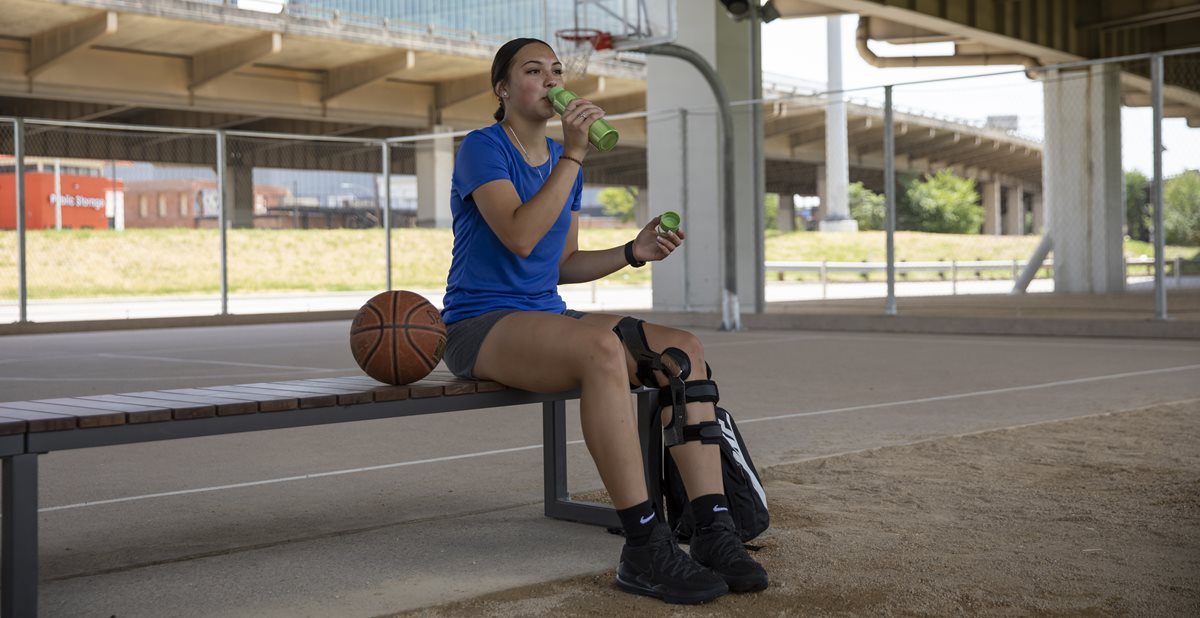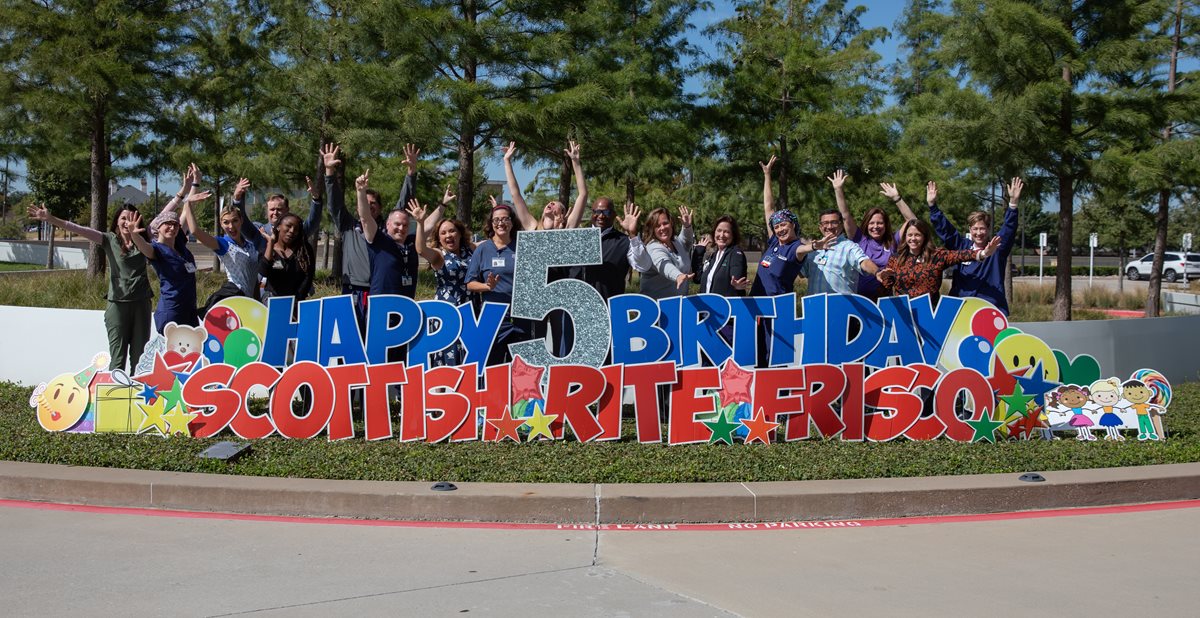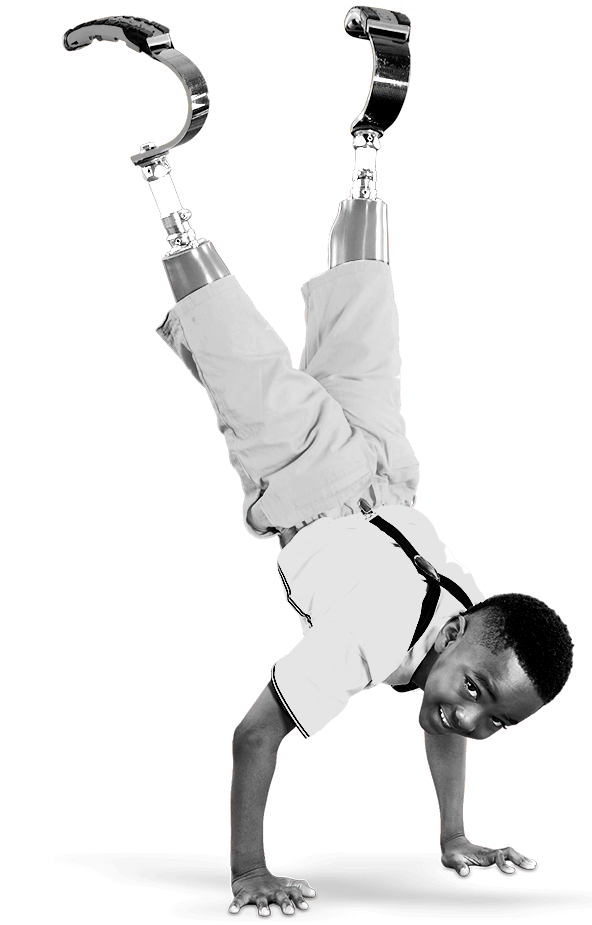
Jan 14, 2020 / Sports Medicine
Five Common Overuse Injuries in Young Athletes: Described by Sports Medicine Experts
Injuries that occur from repetitive motions like running, jumping and throwing in young athletes are called overuse injuries. Because these conditions are common and preventable, it is important for health care providers to remember these when evaluating complaints in young athletes and counseling parents and patients.
Overuse injuries are often appropriately clinically diagnosed. Our sports medicine team provided a full picture including prevention of five conditions commonly seen in an education event on our Frisco campus. Read the key recommendations from each speaker below and click on each condition to watch the short lecture to learn more about them.
Shoulder – Little Leaguer’s Shoulder – Key recommendations from Chuck Wyatt, M.S., CPNP, RNFA
Hip – Hip and Pelvic Apophysitis – Key recommendations from Henry B. Ellis, M.D.
Overuse injuries are often appropriately clinically diagnosed. Our sports medicine team provided a full picture including prevention of five conditions commonly seen in an education event on our Frisco campus. Read the key recommendations from each speaker below and click on each condition to watch the short lecture to learn more about them.
Upper Extremity
Shoulder – Little Leaguer’s Shoulder – Key recommendations from Chuck Wyatt, M.S., CPNP, RNFA
- Rest while symptomatic.
- Make sure to educate to avoid pitching with fatigue.
- With a continued rise in incidence (estimated at 8% annually), a focus on early recognition can reduce time out of play and encourage diversification to develop well.
- Rest while symptomatic.
- No concurrent pitching and catching
- Count throws not just pitches
- Monitor for symmetrical elbow extension and PROACTIVELY ask kids about elbow pain
- Use extreme caution with year-round play.
Lower Extremity
Hip – Hip and Pelvic Apophysitis – Key recommendations from Henry B. Ellis, M.D.
- Activity change and rest is crucial.
- Other treatments are less likely to improve this common condition in older adolescents.
- “Relative rest” instead of complete rest
- Stretching quadriceps and hamstrings, patellar strap, ice, NSAIDs as needed for activity
- Most importantly, provide family reassurance and education.
- Rest while symptomatic.
- Keep this condition front of mind with a skeletally immature patient (peak 10-12 years) complaining of activity-related heel pain
- Focus on Achilles/calf flexibility and reassure family there is no long-term sequelae



